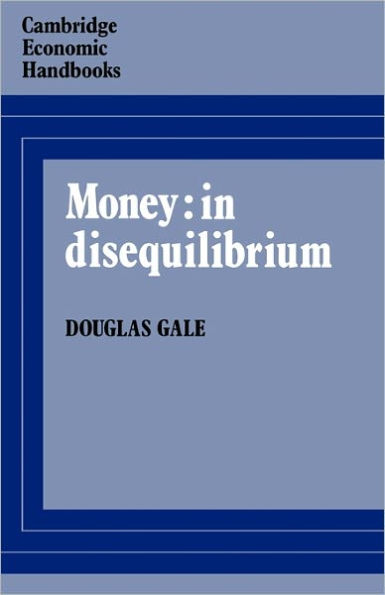5
1
9780521269179


Money: in Disequilibrium available in Paperback

Money: in Disequilibrium
- ISBN-10:
- 0521269172
- ISBN-13:
- 9780521269179
- Pub. Date:
- 07/27/1984
- Publisher:
- Cambridge University Press
- ISBN-10:
- 0521269172
- ISBN-13:
- 9780521269179
- Pub. Date:
- 07/27/1984
- Publisher:
- Cambridge University Press
46.99
In Stock

Product Details
| ISBN-13: | 9780521269179 |
|---|---|
| Publisher: | Cambridge University Press |
| Publication date: | 07/27/1984 |
| Series: | Cambridge Economic Handbooks |
| Edition description: | Revised ed. |
| Pages: | 382 |
| Product dimensions: | 5.51(w) x 8.50(h) x 0.87(d) |
From the B&N Reads Blog
